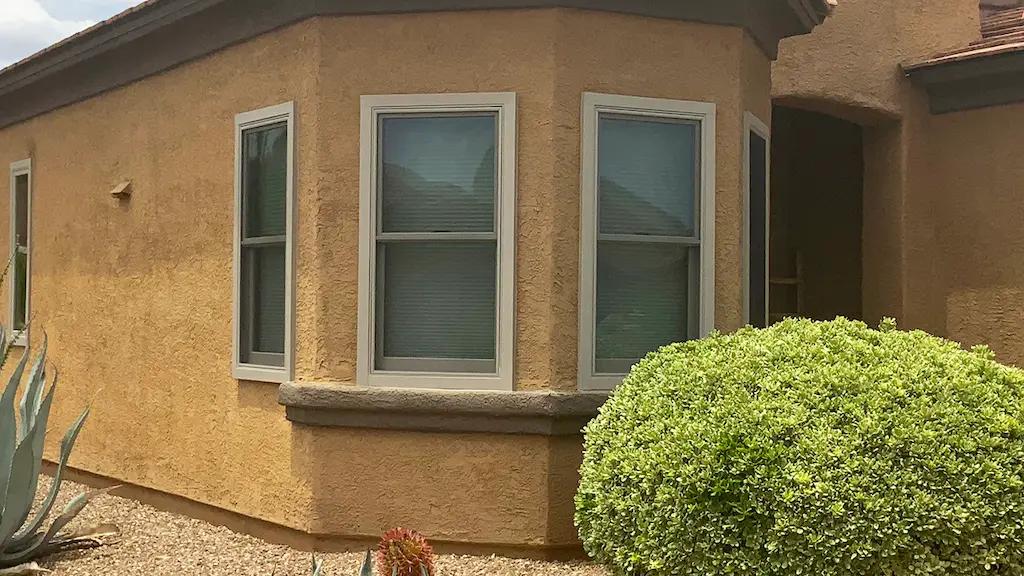Strong winds can indeed damage window seals, creating significant problems for homeowners who rely on their windows for energy efficiency and comfort. Understanding how wind affects your home's window seals is crucial for maintaining optimal performance and preventing costly issues down the road.
Window seals play a vital role in your home's energy efficiency by creating an airtight barrier that prevents air leakage and moisture infiltration. When these seals fail due to wind damage or other factors, the consequences can impact both your comfort and your energy bills.
Understanding Different Types of Window Seals
Modern windows incorporate multiple sealing systems to protect your home from the elements. Each type serves a specific purpose in maintaining your window's performance and longevity.
Primary Window Seals
The primary seal, typically made of polyisobutylene or butyl rubber, creates the initial barrier between glass panes in double or triple-pane windows. This seal prevents moisture and air from entering the space between glass layers, maintaining the insulating properties of the window unit.
Secondary Window Seals
Secondary seals, often constructed from polysulfide or silicone materials, provide structural support and serve as a backup barrier. These seals help maintain the integrity of the insulated glass unit even if the primary seal experiences minor damage.
Weather Stripping and Gaskets
Weather stripping around the window frame creates a seal between the movable sash and the frame itself. These flexible seals compress when the window closes, preventing air infiltration around the window's perimeter.
How Wind Pressure Affects Window Seals
Strong winds create both positive and negative pressure on your home's exterior surfaces, including windows. This pressure differential can stress window seals in several ways.
Direct Pressure Impact
When wind strikes your home directly, it creates positive pressure that pushes against the window surface. This force can cause the window frame to flex slightly, potentially compromising seal integrity over time.
Negative Pressure Effects
As wind flows around your home, it creates areas of negative pressure, particularly on the leeward side. This suction effect can pull on window components, stretching seals and potentially creating gaps.
Repeated Stress Cycles
The constant pressure changes during windy conditions subject window seals to repeated expansion and contraction cycles. Over time, this cyclical stress can cause seal materials to fatigue and lose their effectiveness.
Consequences of Damaged Window Seals
When window seals fail due to wind damage or natural aging, several problems can develop that affect your home's comfort and efficiency.
Energy Efficiency Loss
Compromised seals allow conditioned air to escape and outdoor air to infiltrate your home. This air leakage forces your heating and cooling systems to work harder, resulting in higher energy bills and reduced comfort.
Moisture Problems
Failed seals can allow moisture to enter the space between glass panes, causing fogging or condensation that obscures your view. This moisture can also lead to more serious issues like mold growth or frame deterioration.
Structural Concerns
In severe cases, ongoing seal failure can allow water infiltration around the window frame, potentially causing damage to surrounding wall materials, insulation, and structural components.
Protecting Your Windows from Wind Damage
Several strategies can help minimize wind-related damage to your window seals and extend their lifespan.
Regular Maintenance
Inspect your windows regularly for signs of seal deterioration, such as visible gaps, drafts, or condensation between glass panes. Early detection allows for prompt repairs before problems worsen.
Professional Installation Quality
Proper installation is crucial for window seal longevity. Professional installers ensure that windows are correctly positioned, adequately sealed, and properly supported to withstand wind loads.
Material Considerations
Modern window materials like Fibrex® composite offer enhanced durability and stability compared to traditional materials. These advanced composites resist expansion and contraction, helping maintain seal integrity over time.
Signs Your Window Seals Need Attention
Recognizing the early warning signs of seal failure can help you address problems before they become costly repairs.
Common indicators include:
- Visible condensation or fogging between glass panes
- Drafts around window frames
- Increased energy bills without other explanation
- Difficulty opening or closing windows
- Visible gaps or cracks in weather stripping
Frequently Asked Questions
Q: Can I repair damaged window seals myself?
A: While minor weather stripping replacement might be possible for experienced DIYers, most seal repairs require professional expertise. Insulated glass unit seals, in particular, typically need complete replacement by trained technicians.
Q: How long do window seals typically last?
A: Quality window seals can last 15-20 years or more with proper installation and maintenance. However, exposure to extreme weather conditions, including strong winds, may reduce their lifespan.
Q: Will homeowner's insurance cover wind damage to window seals?
A: Coverage depends on your specific policy and the extent of damage. Gradual deterioration is typically not covered, but sudden damage from severe weather events may be included in your coverage.
Q: How can I tell if my windows are properly sealed?
A: Professional energy audits can identify air leakage around windows. You can also perform a simple test by holding a lit candle near window edges on a windy day – flickering flames indicate air infiltration.
Key Takeaways
Strong winds can indeed damage window seals through pressure changes and repeated stress cycles. Understanding the different types of seals in your windows and recognizing early warning signs of failure helps you maintain your home's energy efficiency and comfort. Regular maintenance, professional installation, and quality materials all contribute to longer-lasting window seals that can better withstand wind-related challenges.
When seal problems do occur, prompt professional attention can prevent minor issues from becoming major expenses. Investing in quality windows with durable sealing systems, combined with proper installation and maintenance, provides the best protection against wind damage and ensures optimal performance for years to come.
Schedule a Consultation
